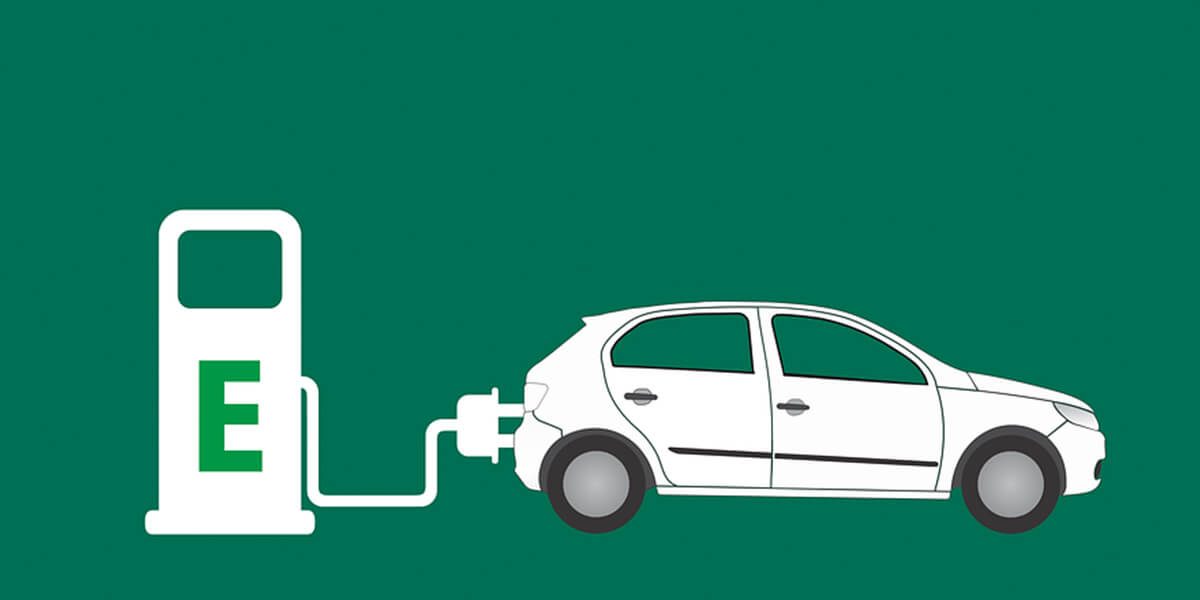Sooner than the later, electric car and bikes would be going to rule the Indian roads. Mired by the glaring headache of pollution originating from fossil-based fuels, the country is in dire need to have an incentive driven policy to promote e-vehicles.
Taking a step towards promoting e-vehicles, the government has introduced an incentive of up to Rs 2.5 lakh for buyers of such vehicles. The incentive is a part of a Rs 9,400-crore package for electric and hybrid engines (electric+petrol or diesel).
The incentive for e-vehicles ranges between Rs 30,000 and Rs 2.5 lakh. The minimum of Rs 30,000 incentive goes for buyers of electric two-wheel that cost up to Rs 1.5 lakh.
Notably, electric cars for the commercial purpose would enjoy incentive anywhere between – Rs 1.5 to 2.5 lakh for makes worth up to Rs 15 lakh. Sensing the ground reality, instead of incentivising e-cars for individuals, the government is encouraging them to discard their pre-BS III vehicles to enjoy perks as similar to e-cars for commercial purpose.
The central government has divided the package of Rs 9,400 crore for a period of five years of which Rs 1,500 crore will be allocated as sops for passenger vehicles and two-wheelers.
Meanwhile, the abundance of charging infrastructure would be a pivotal factor in the adoption of e-vehicles. Realising the importance, Rs 1,000 crore will be incurred from the public exchequer on setting up nationwide charging capabilities for e-vehicles.
The main focus area of the government will be on public and intermediary transport such as taxis and three-wheelers. The incentive will cover only a little over five lakh electric vehicles.
The implementation of second part of the Faster Adoption and Manufacturing of (hybrid & electric) Vehicles or FAME scheme is in stark contrast to the long demand of the vehicle industry. The automobile industry has been seeking more subsidy on electric two-wheelers.
They also wanted the government to spend the entire subsidy amount over two or three years rather than five or six years.
Society of Manufacturers of Electric Vehicles (SMEV) implies that electricity-powered vehicles are the way forward and not hybrid ones, and the government should focus on promoting electric two-wheelers and three-wheelers along with public transport buses in the near future.
Besides, a section of bureaucrats is also not in agreement with the aforementioned plan as it covers only cover 5 lakh vehicles, which merely contributes 0.5 per cent of the country’s current annual vehicle production.
Such stakeholders tend to believe that the government should deploy incentive in fueling adoption of e-vehicles in heavy commercial mobility – buses (irrespective of capacity)
The development was first reported by TOI.













